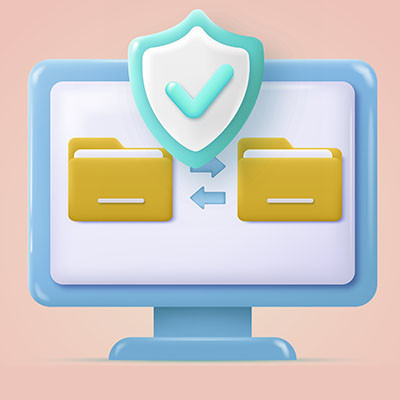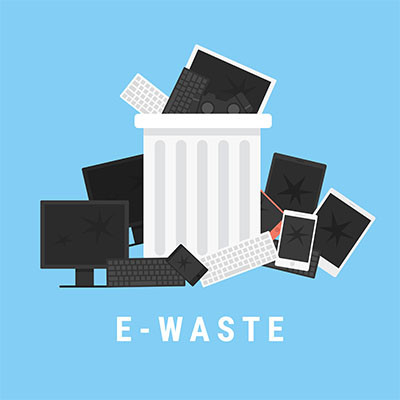In today’s business, sharing files is easy and something many workers take for granted. Unfortunately, not all file-sharing methods are secure. When efficiency is prioritized over security, it can often lead to extremely troublesome situations. For this week’s tip, we thought we’d go through a half dozen practices you can take to ensure your files get to where you need them to get safely and securely.
Washington Works Blog
Look, I’m not going to pretend that the executive level of any size of business doesn’t already have plenty on its plate. Having said that, it is important that a business’ top dogs are on the same page as its IT team members. Let’s run through the different points that this relationship should focus on for your operational benefit.
When it comes to your technology infrastructure, it’s natural that some of your solutions will be more used than others, but do you know where you are wasting money and resources? Today’s blog article is all about the digital employee experience, or DEX, and how you can use it to better your business’ relationship with its technology solutions.
Modern mobile devices are a bit of a double-edged sword for today’s businesses: on the one hand, they are critical for the productivity that is required of today’s organizations, but on the other, they also come with the very real chance of security issues. The permissions you give (or don’t) to these applications can have an impact on this risk.
Running a business is stressful, but so is thinking about a future where that business (and its data) no longer exists. If you’re not careful with your preparedness, you could stare down a disaster with no hopes of recovery. This is why we urge you to take proactive action now—so you can prevent these kinds of scenarios from taking your business off the market for good.
Chances are pretty good that, by this point, you’ve heard of burnout—maybe you’ve even suffered from it before yourself—but, just in case you’re a remarkably lucky human being, it’s the phenomenon where your employees become disengaged to the point where their performance suffers. While this isn’t good in any facet of your business, it can be especially damaging in terms of your security.
Passwords are just one part of a comprehensive security strategy, but they are a crucial one. You must make sure that you are investing adequate time and effort into making sure your passwords are secure. This is easier said than done, but by the end of today’s short blog article, you’ll have all the information you need to craft excellent passwords for your accounts.
What does your IT budget look like for the remainder of this year? According to Gartner, your IT costs might be increasing. So, we ask you this: are you being intentional with your IT spending, and are you spending your business’ hard-earned revenue on technology which advances your organization’s ability to succeed? Let’s take a look at Gartner’s study to see what we can learn from patterns in IT expenses.
Since it is our belief that our clients are under constant threat of being the next business hit with a cyberattack, we maintain a pretty aggressive security posture. That’s not to say that all threats are created equal. That’s why it is important to assess risk over the types of attacks and threats you have to confront and plan accordingly.
Insurance is a great asset, should you ever need it… including where your business technology is concerned. If you weren’t aware, there is a form of insurance—cyber insurance—that you can purchase in case your business suffers from a data breach.
Is this additional form of insurance worth the investment? Absolutely.
With Amazon’s annual Prime Day having come and gone, we can’t help but wonder how many of you bought consumer electronics while they were on sale through the web retailer. If you did, that’s amazing, and we’re glad you got what you’re looking for. However, we do want to strongly urge you to consider disposing of your old electronics in an environmentally conscious way.
The Internet of Things is one of the largest transformations in technology over the past several years. The average business may think that it is far too expensive and complicated to actually implement these tools, but with some decent planning and consideration it can actually pay for itself pretty rapidly. This month, we will go into how organizations can utilize IoT, what solutions make the most sense, and how IoT can bring a significant ROI.
When we think about cybersecurity, we usually think about protecting our computers from viruses, right?
I’d imagine a few of our older readers remember a time when you would go to the store and buy antivirus software that came in a big brightly-colored box with a CD in it each year.
As you probably already know, things aren’t as simple anymore.
The break-fix IT model can be exhausting and unpredictable. When your technology unexpectedly breaks down, you shouldn’t have to grasp at straws just to keep operations running. Thanks to the proactive approach of managed IT services, the break-fix model is on borrowed time. Will your business move on from this antiquated method of managing technology, or will it remain stuck in the past, unable to move forward?




















